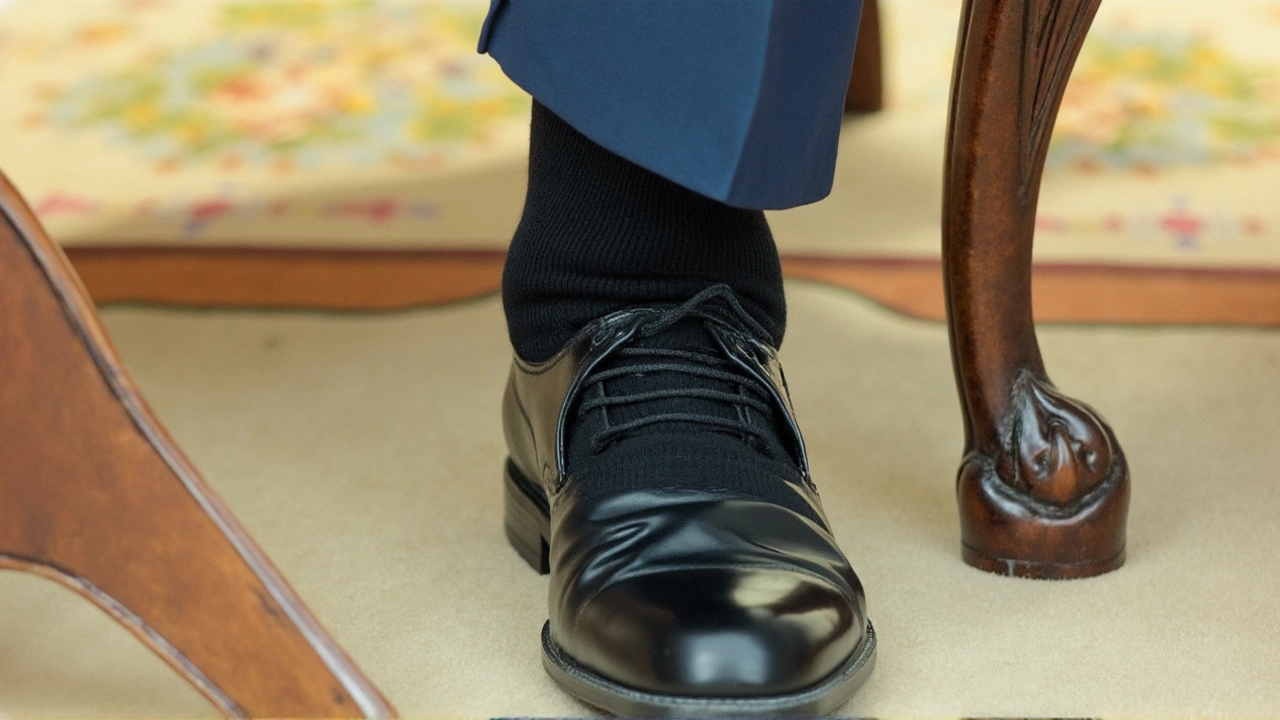Vein Disease Explained – What You Need to Know
Veins are the body’s highways for returning blood to the heart. When they start to fail, you might notice swelling, pain, or those blue‑purple cords running up your legs. That’s vein disease, and it’s more common than you think. In this guide we’ll break down the main types, why they happen, and what you can do right now to keep your circulation running smoothly.
Common Types of Vein Disease
Varicose veins are the most visible form. They appear as bulging, twisted tubes that usually show up on the calves or thighs. The trouble starts when valves inside the vein stop closing properly, letting blood pool and stretch the wall.
Spider veins look like tiny red or blue lines just under the skin. They are harmless for most people but can signal early valve trouble that might later develop into varicose veins.
Deep vein thrombosis (DVT) is a clot that forms in a deep vein, often in the thigh or calf. A clot can block blood flow and, if it breaks loose, travel to the lungs and cause a life‑threatening pulmonary embolism. Warning signs include sudden swelling, warmth, and sharp pain in one leg.
Chronic venous insufficiency (CVI) occurs when a combination of valve failure and vein wall damage makes it hard for blood to move upward. People with CVI often have itchy skin, darkened patches, or even ulcers on the lower leg.
How to Keep Your Veins Healthy
First, move your legs. Simple activities like walking, calf raises, or even ankle pumps keep blood flowing and reduce pressure on vein walls. Aim for at least 30 minutes of light activity most days.
Second, watch your weight. Extra pounds increase pressure on the vein system, especially in the hips and thighs. Losing just a few pounds can drop that pressure dramatically.Third, choose the right clothing. Tight socks, skinny jeans, or restrictive waistbands can choke circulation. Opt for loose‑fitting pants and graduated compression stockings if you’re prone to swelling.
Fourth, stay hydrated and eat a diet rich in fiber. Dehydration thickens blood, while low fiber can cause constipation, which raises abdominal pressure and pushes on veins.
Fifth, avoid long periods of sitting or standing. If your job keeps you in one spot, set a timer to stand up, stretch, or walk for a couple of minutes every hour. On long flights, swing your legs, flex your feet, and wear compression socks.
Finally, see a doctor if you notice new or worsening symptoms. Early diagnosis of DVT or CVI can prevent serious complications. Treatments range from simple lifestyle tweaks to minimally invasive procedures like endovenous laser therapy for varicose veins.
Vein disease doesn’t have to ruin your day. By spotting the signs early, staying active, and making a few smart choices, you can protect your veins and keep blood flowing the way it should. Got a question about a specific symptom? Drop a comment and we’ll help you figure out the next step.




